The evolution of technology has permeated every aspect of daily life, including the way we teach and learn. In educational environments, the Smartboard – an interactive, digital whiteboard – has emerged as an influential tool, challenging the dominance of traditional whiteboards. This comparison scrutinizes both mediums across various parameters such as interactivity, versatility, engagement, and cost-effectiveness, providing educators with critical insight into their application and effectiveness in the classroom.
Interactivity and Learner Participation
Smartboard: A Tool for Interactive Learning
The Smartboard boosts interactivity in ways traditional whiteboards cannot. With touch recognition, students can directly engage with the content by moving images, writing answers, or playing games on the board. This interaction promotes active learning and can cater to a variety of learning styles. In a math class, for instance, students can manipulate geometric shapes on the board, fostering a deeper understanding of the subject matter.
Traditional Whiteboards: Limited to Passive Interaction
Traditional whiteboards allow for basic interaction through writing and erasing. However, this interaction is generally one-dimensional and teacher-centered. Students interact passively, observing as the teacher writes or draws. This traditional method may not fully capture students’ attention or motivate them to participate, especially in larger classrooms where visibility and access to the board can be limited.
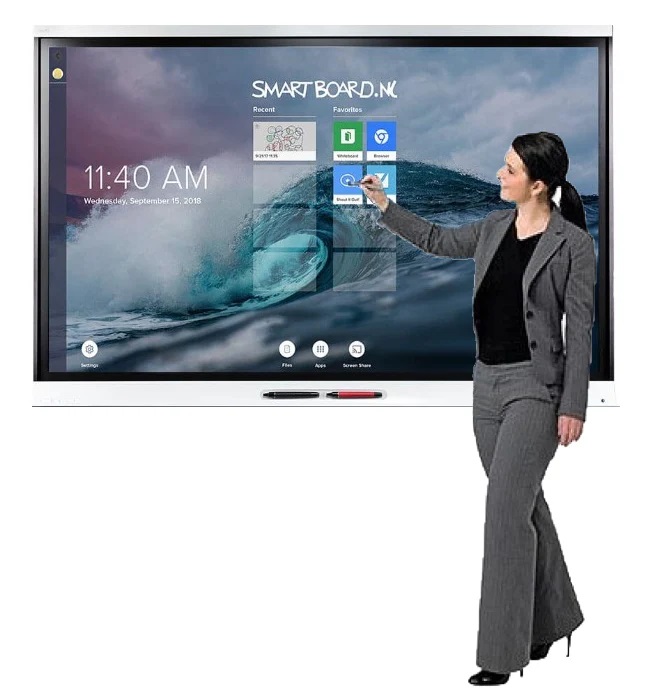
Versatility in Teaching Methods
Smartboard: Multifaceted Instructional Tool
Smartboards serve multiple functions, combining the capabilities of a whiteboard, computer, and projector. Teachers can seamlessly switch from writing notes to showing a video, browsing the web, or displaying a document. This versatility supports a rich variety of teaching styles and materials, which can be adapted on the fly to suit the needs of the lesson and students’ responses.
Traditional Whiteboards: Simplicity and Reliability
Traditional whiteboards are lauded for their simplicity and reliability. They require minimal setup and are always ‘on,’ unimpeded by technical difficulties that may affect electronic devices. While they support basic instructional methods well, their use is largely confined to writing and drawing, limiting the type of content that can be presented.
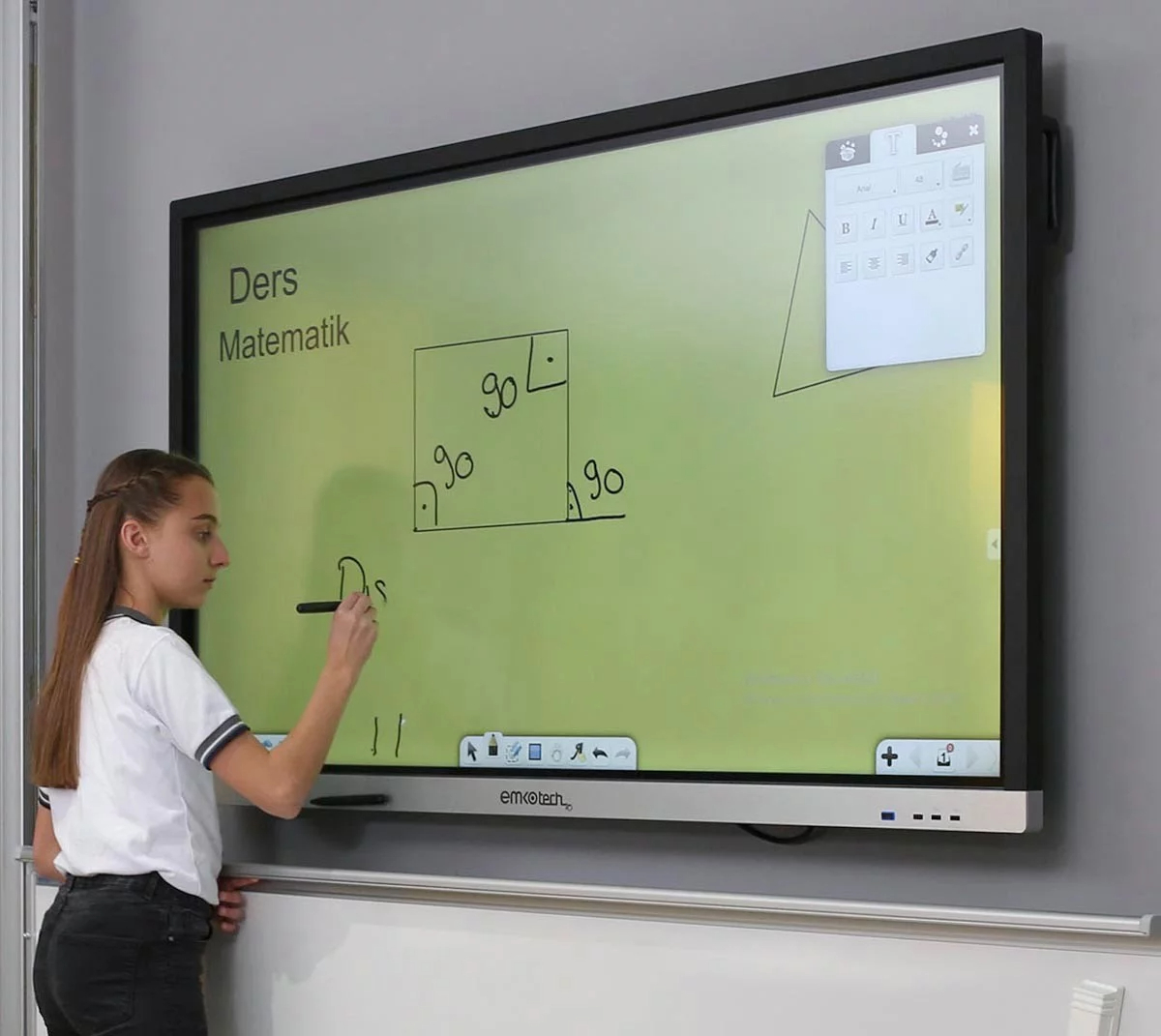
Student Engagement and Retention
Smartboard: Enhancing Engagement Through Technology
The Smartboard has the potential to increase student engagement. The board’s interactive features and multimedia capabilities can turn a lesson into an immersive experience. Educators can weave videos, audio clips, and interactive games into the instructional process, likely increasing students’ attendance and attention. Engaging students in this manner can also improve their information retention as they experience more active involvement in the learning process.
Traditional Whiteboards: Dependence on Instructor Creativity
The effectiveness of traditional whiteboards in engaging students largely depends on the creativity and dynamism of the instructor. While a traditional whiteboard can be part of an engaging lesson, it typically requires more effort from teachers to bring content to life in the absence of digital enhancements. This reliance can lead to variable levels of student engagement and retention, heavily influenced by the teacher’s performance and student predispositions.
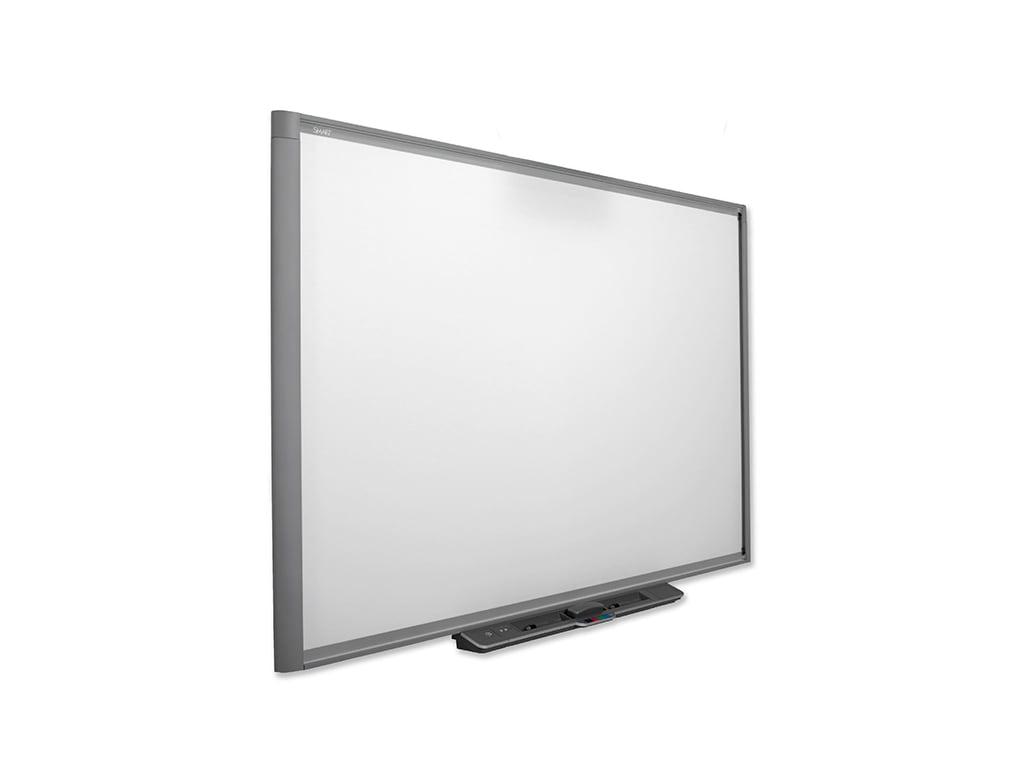
Cost and Maintenance Considerations
Smartboard: Higher Initial Investment and Maintenance
Adopting Smartboard technology can be costly, with expenses not only for the initial purchase but also for installation and ongoing maintenance. Smartboards require a power source, compatible software, periodic updates, and potential repairs, adding to the total cost of ownership. However, this investment can be justified by the enhancement of the educational experience and the potential for long-term use.
Traditional Whiteboards: Affordability and Ease of Maintenance
Traditional whiteboards are the more economical choice with a lower upfront cost and less frequent need for repairs. They are generally easy to maintain, requiring only markers and an eraser. This practicality makes traditional whiteboards an attractive option for schools on a tight budget or for those considering cost above technological innovation.
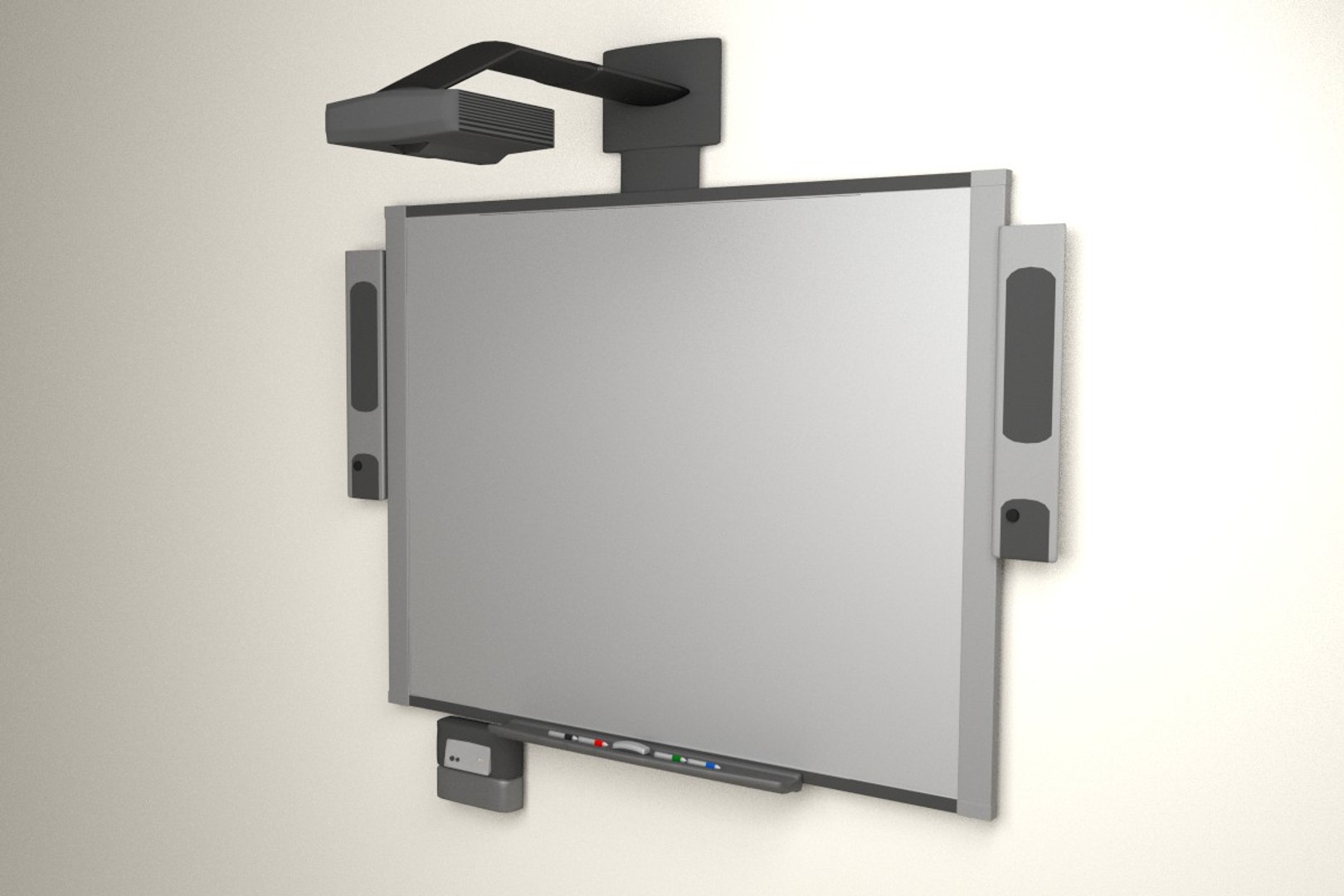
Longevity and Technology Integration
The Future-Proof Nature of Smartboards
As education continues to embrace digital solutions, the Smartboard represents a forward-thinking investment. These boards are designed to evolve with emerging software and applications that enrich the curriculum. Schools that integrate Smartboards into their classrooms are preparing their students and teachers for a future where technology and learning go hand in hand. However, the rapid pace of technological advancements may require schools to update or replace their Smartboards periodically to keep up with new features and standards, impacting long-term costs.
Traditional Whiteboards Stand the Test of Time
Traditional whiteboards have proven their longevity in the classroom. Their long lifespan and resistance to obsolescence make them an enduring choice. Without the need for software updates or compatibility with digital trends, traditional whiteboards continue to offer a consistent and reliable platform for teaching, unimpeded by the ebb and flow of technology’s advancement.
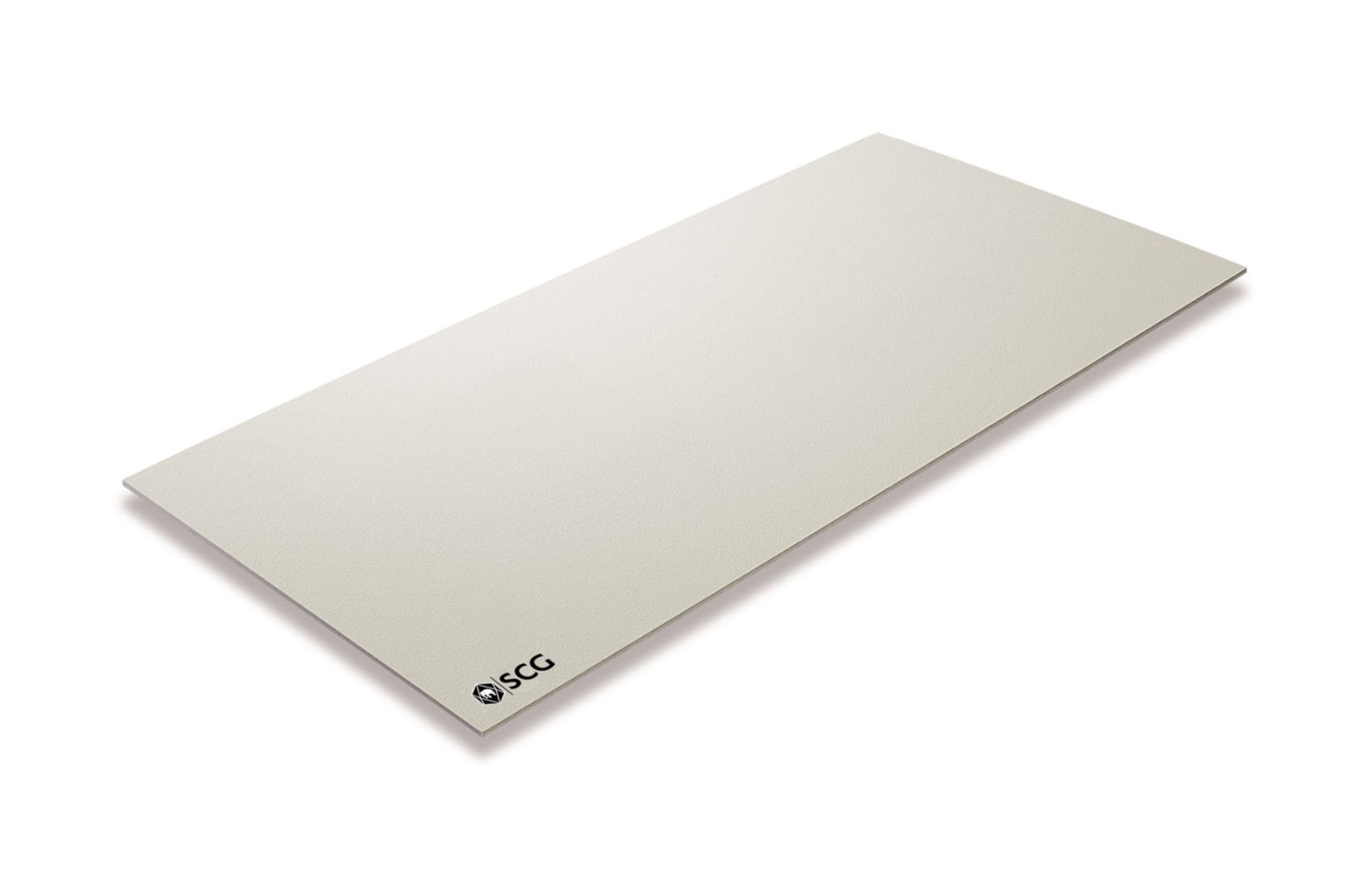
Accessibility and Inclusivity
Smartboards: Bridging the Tech Gap for Students
Smartboards can be a vehicle for improving technology access among students, particularly in underprivileged areas where children may have limited exposure to digital devices at home. Incorporating Smartboards into these classrooms equips students with essential technological skills and knowledge, potentially narrowing the digital divide and fostering digital literacy that is foundational for modern education and the workforce.
Traditional Whiteboards: A Universal Resource
The ubiquity and simplicity of traditional whiteboards make them readily accessible to all educators, regardless of their technological proficiency or the resources of the learning institution. Their universal design ensures that no student or teacher is left behind due to a lack of access to or comfort with technology. In this way, traditional whiteboards provide an inclusive environment where the focus remains on the content rather than the medium.
In conclusion, Smartboards and traditional whiteboards each have distinct features that cater to different educational needs and contexts. While Smartboards offer stimulating, interactive learning experiences with diverse teaching possibilities, they come with higher costs and dependency on technology. Traditional whiteboards, on the other hand, are cost-effective and simple to use but lack the interactivity and engagement potential that digital tools provide. Educators must weigh these differences against their pedagogical goals, budget constraints, and the specific needs of their students when deciding which tool will best serve their classroom. The ideal choice may be context-dependent, but understanding the capabilities and limitations of each can help teachers make an informed decision to enhance their teaching and their students’ learning outcomes.